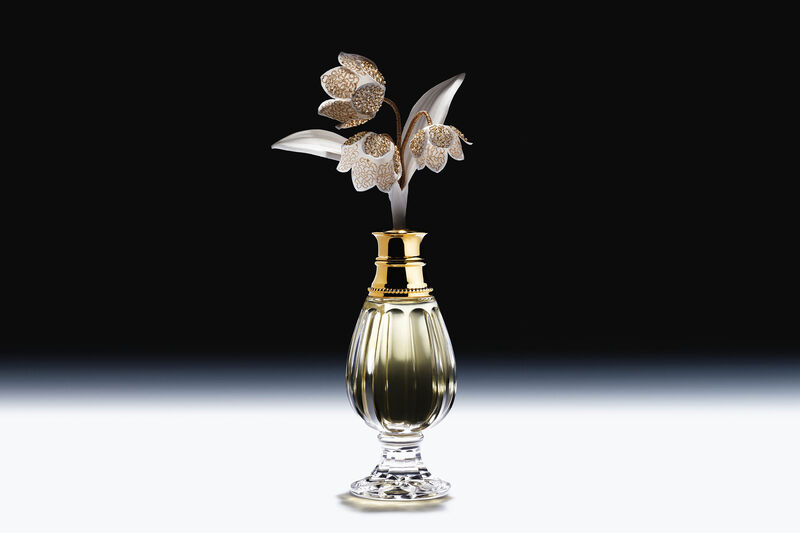What did Christian Dior’s favourite ‘invisible’ flower smell like?
Dior’s Francis Kurkdijan recreates the scent of a rare lily of the valley species in Le Muguet, the first olfactory chapter of new perfume collection Les Récoltes Majeures
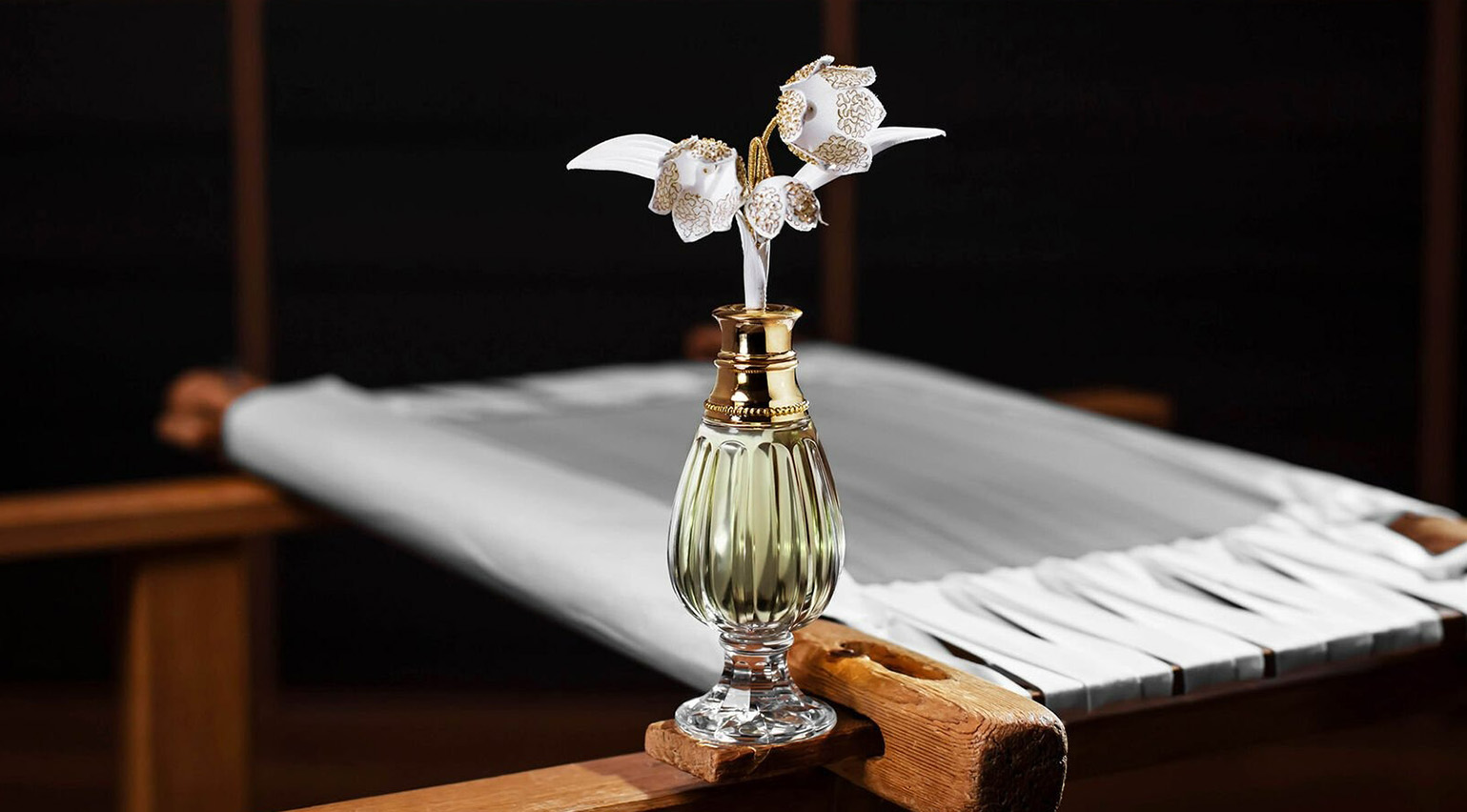
Christian Dior was notoriously superstitious, and lucky charms, from the Rose des Vents eight-pointed star to the fer à cheval (horseshoe), are synonymous with the history of his namesake house. But it is le muguet – the lily of the valley, the designer’s favourite flower – that is perhaps the most enduring symbol of his legacy.
To Monsieur Dior, the lily of the valley’s delicate white blossoms and sweet yet verdant aroma ushered in the beginning of springtime. And with it, the promise of new beginnings that the season connotes. A constant presence in his life and work, sprigs of the flower were pinned to lapels and hemmed into the linings of garments. It even inspired entire collections, such as the S/S 1954 Muguet collection, and the embroidered and ruffled Muguet dress, created in 1957 as an homage to the couturier’s beloved bloom.
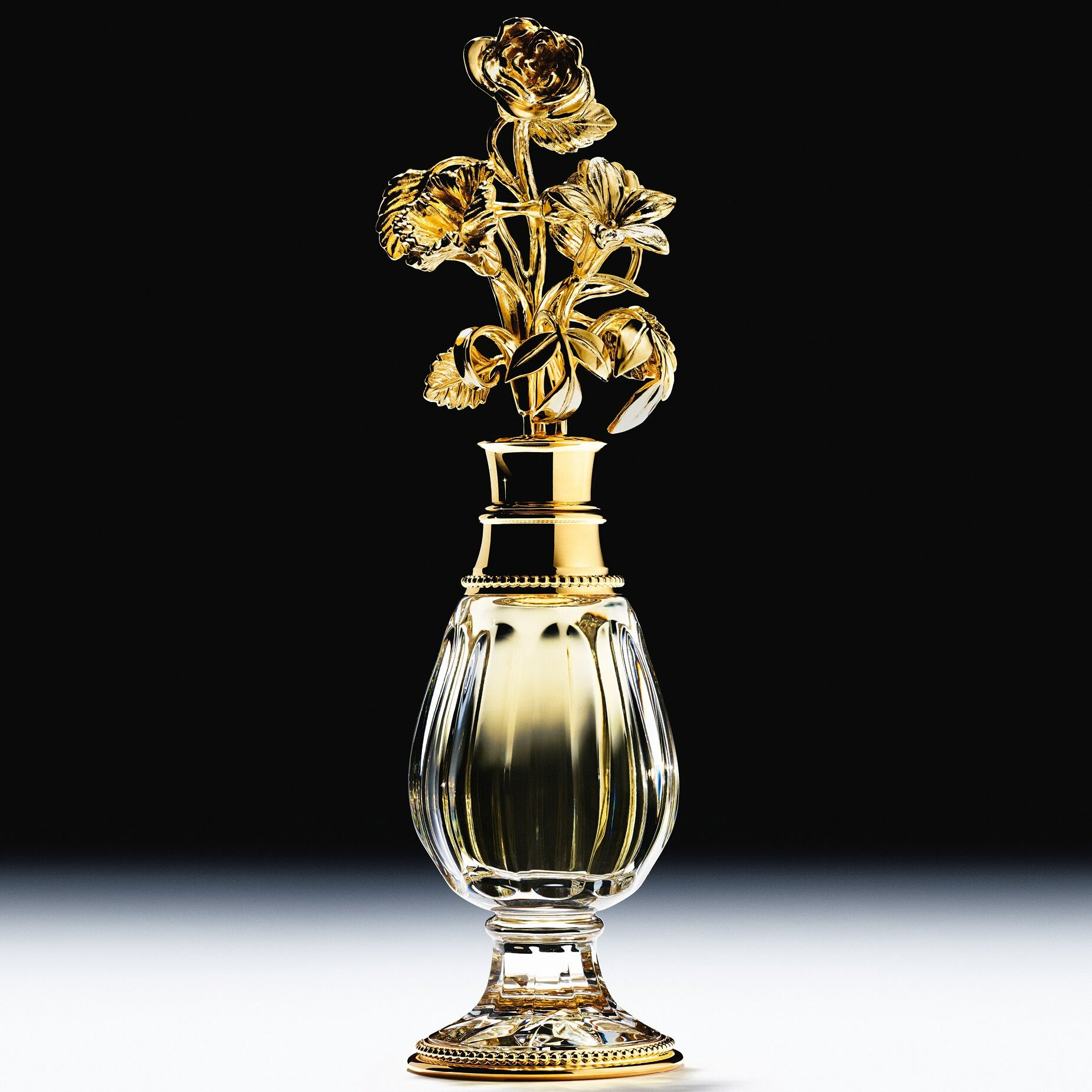
Dior’s Diorissimo perfume was released in 1956; the first fragrance from the house to recreate the scent of lily of the valley
During the years in between, Christian Dior and nose Edmond Roudnitska produced Diorissimo: the first fragrance from the house inspired by the lily of the valley. In perfumery, however, the muguet is considered to be an ‘invisible’ flower; that is, it cannot be distilled into a pure fragrance, only replicated or reimagined using other ingredients.
Francis Kurkdijan, Dior’s Perfume Creation Director, now introduces an exceptional example of this in Le Muguet, the first chapter of a new collection called Les Récoltes Majeures. This trio of fragrances is built around three different flowers central to the story of the house, each contained in an artisanal amphora bottle. Here, Kurkdijan speaks with Wallpaper* about the technical, yet no less poetic process, of bringing Le Muguet to life.
Dior’s Les Récoltes Majeures: Le Muguet by Francis Kurkdijan
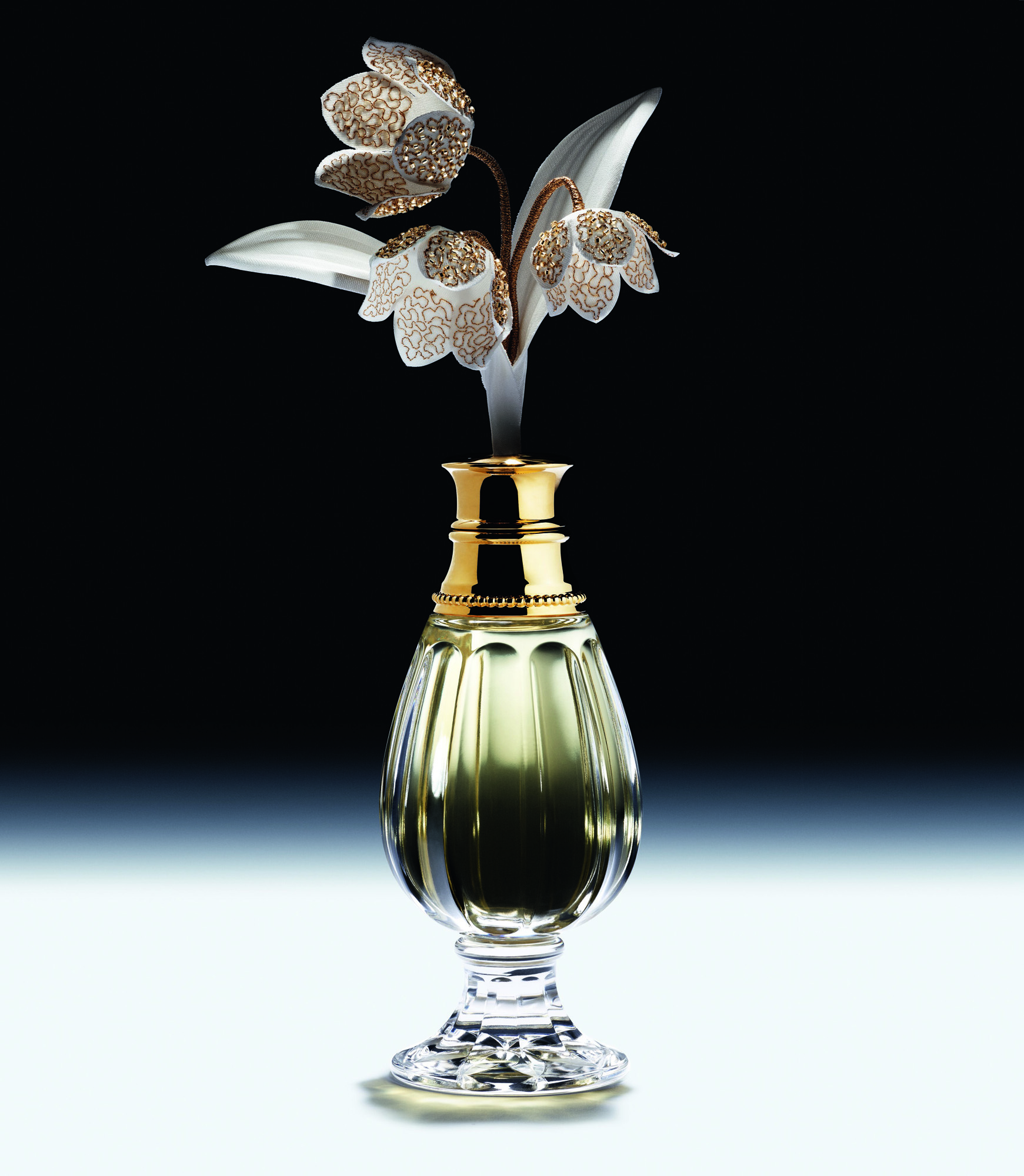
Dior’s Les Récoltes Majeures: Le Muguet is contained in an artisanal amphora bottle designed in collaboration with the haute couture house Maison Vermont
Wallpaper*: How did you approach the research process for Le Muguet, the first fragrance in the Les Récoltes Majeures collection?
Francis Kurkdijan: It all began when I joined the House of Dior in 2021. I immediately began researching the specific variety of lily of the valley that Christian Dior loved, called Fortin’s Giant, or Nantes, which he asked his florist in Paris to grow in a dedicated greenhouse that was also heated in winter. That way, it could grow all year round, and he could always have the flower on site in Paris.
Over the decades since, this particular species has been lost to history, and I wanted to rediscover it. A very close friend of mine is a lily producer, so I asked him to do some research to find out how we could reintroduce it to the gardens of La Colle Noire, Christian Dior’s château in Grasse. There was a specific bush behind the fountain on the left side of the house, which we know is where he planted the flower originally, and so this is where we also planted it.
Receive our daily digest of inspiration, escapism and design stories from around the world direct to your inbox.
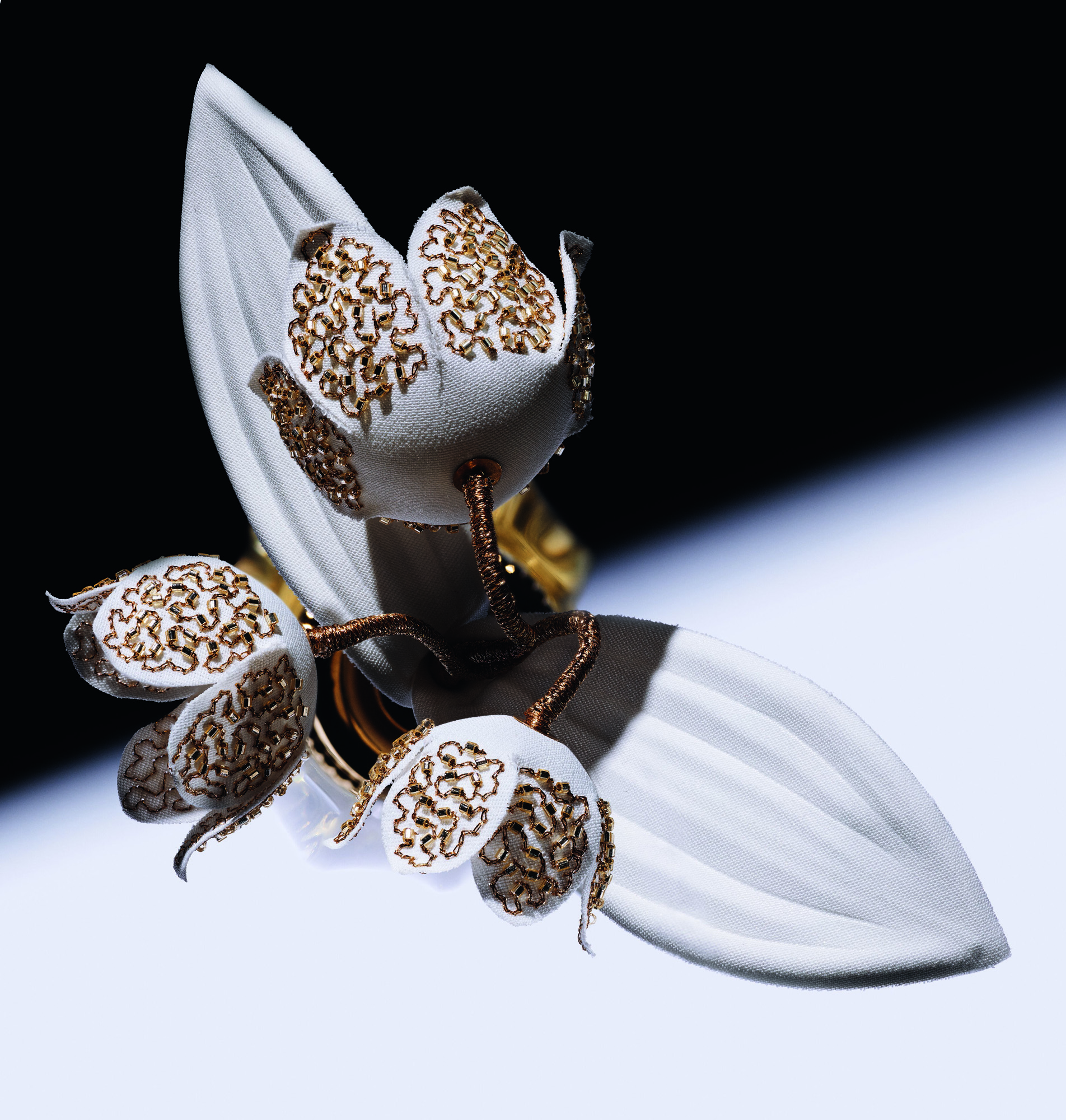
Dior’s Les Récoltes Majeures: Le Muguet bottle top by Maison Vermont recreates a lily of the valley bouquet with embroidered brass stems and white satin beaded petals
W*: What makes this particular species of lily of the valley so special in terms of its aroma?
FK: The flower is a bit smaller than the lilies we are familiar with today. But it’s much more fragrant. In the making of Le Muguet, we used the ‘Headspace’ technique – an extraction procedure that was developed in the 1970s, but is, of course, much more technologically advanced today. It analyses the fragrant molecules of flowers that can’t be transformed into essential oils. So it helps perfumers to analyse the smell of an object, providing data that captures its DNA; all the different facets that make up its scent.
W*: Can you explain a little more about how the technique works?
FK: To give you a practical example, it’s like analysing the components of a colour. If there is a very specific shade of pink that you want to recreate, you need to know the ratios of red, blue, white, and so on. Perhaps this shade of pink has something else in it that you can’t see with your eye, but you can feel it’s there. In terms of scent, Headspace allows us to see these ratios. At the very end of this analysis, you are presented with the composition of what the flower is made of. Once you get that, you can recreate the smell using different ingredients.
A photo posted by on
W*: What influence did Diorissimo, the iconic lily of the valley fragrance created by Christian Dior and Edmond Roudnitska in 1956, have on Le Muguet?
FK: Diorissimo set the foundations for what a lily of the valley fragrance is for the entire world of modern perfumery. Since then, every single lily of the valley perfume released to the market smells somewhat alike, because they are based around the same canvas: usually a combination of roses, jasmine and ylang ylang. So Le Muguet is a departure from Diorissimo. My take was to change the paradigm. And instead of starting with Diorissimo, I decided to go a step before that, meaning my point of reference should be the aroma of the flower itself.
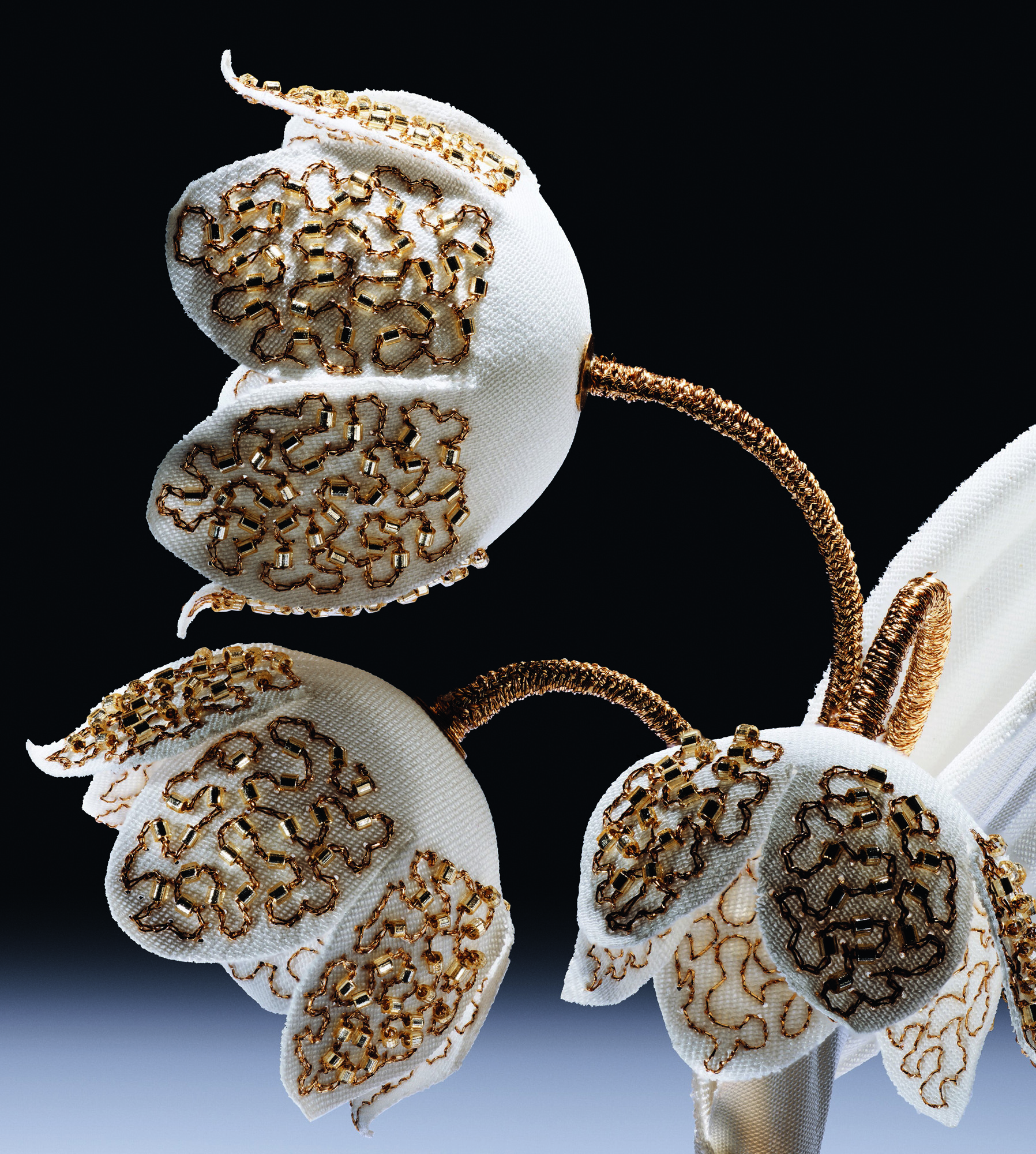
Dior’s Les Récoltes Majeures: Le Muguet bottle top by Maison Vermont
W*: With this in mind, how did you arrive at Le Muguet’s final composition?
FK: When I looked at the result of the Headspace analysis, I noticed that this particular species of lily of the valley can be experienced as a ‘green almond’. There was a different idea here. It was a shift from how the lily of the valley was defined by Diorissimo. With Le Muguet, we got rid of the animalic component of the lily of the valley, by removing the ylang ylang. So here, I was able to present a new vision. The idea was to mimic nature; to recreate the flower as Christian Dior would have smelled it blooming. So Le Muguet is built around Grasse centifolia rose and jasmine.
W*: Of course, Le Muguet is highly connected to springtime. As a perfumer, what does the season mean to you?
FK: The springtime is exciting: it’s a signal for flowers to bloom. It’s a sign for nature to awaken… A renaissance. The days are longer and more luminous. The light is sharper. The seasons are always important to what I do, especially the climate in France. I love the sun, the clouds and the rain. The cold and the heat. All of it.
Hannah Tindle is Beauty & Grooming Editor at Wallpaper*. She brings ideas to the magazine’s beauty vertical, which closely intersects with fashion, art, design, and technology.
-
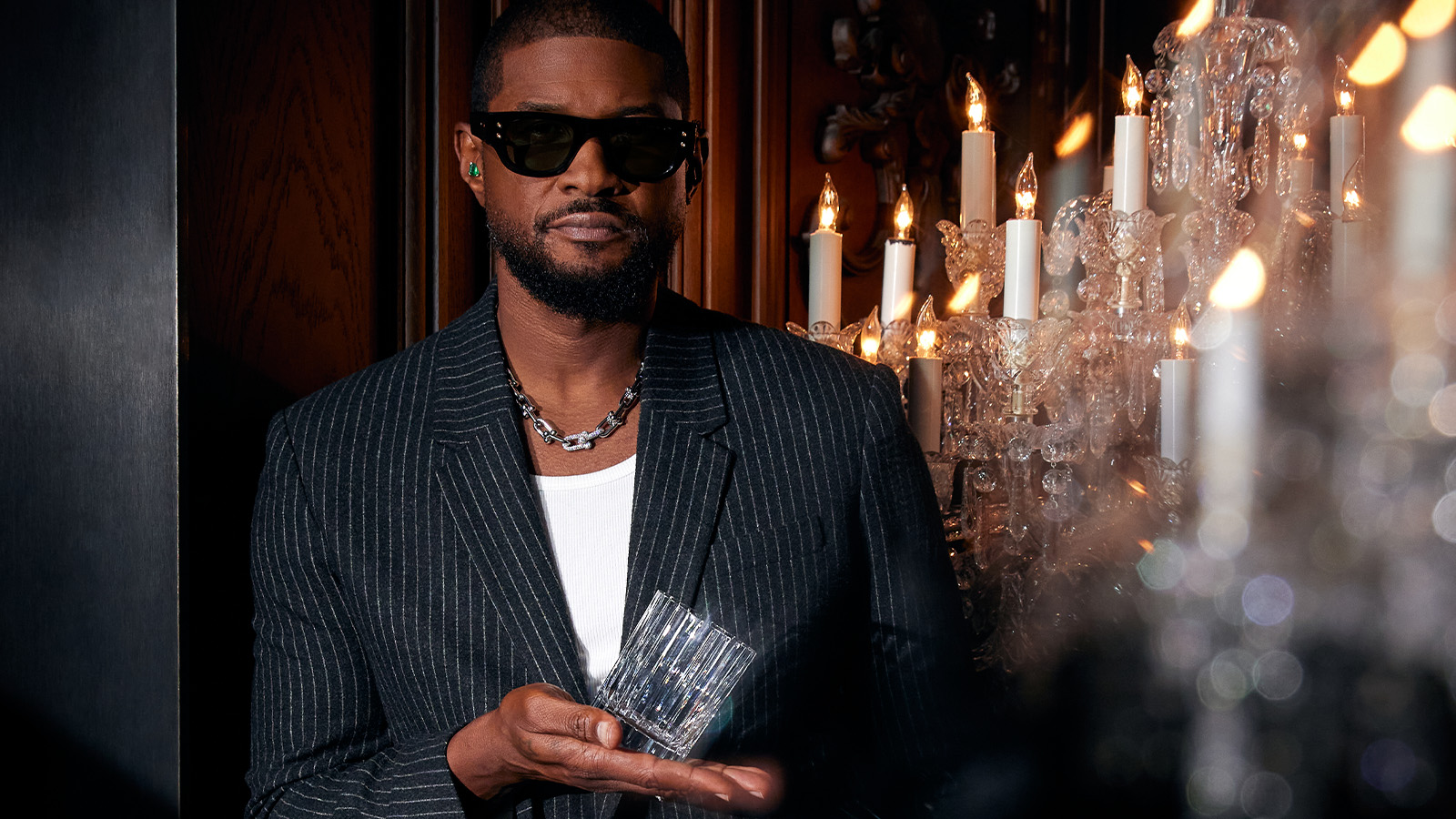 Usher opens up about breakfast playlists, banana pudding and why a glass tumbler is always on his rider
Usher opens up about breakfast playlists, banana pudding and why a glass tumbler is always on his riderOn the heels of a collaboration with Baccarat, the Grammy-winning singer-songwriter breaks down his entertaining tips. 'Hosting is an expression of how you feel about your guests and also who you are.'
-
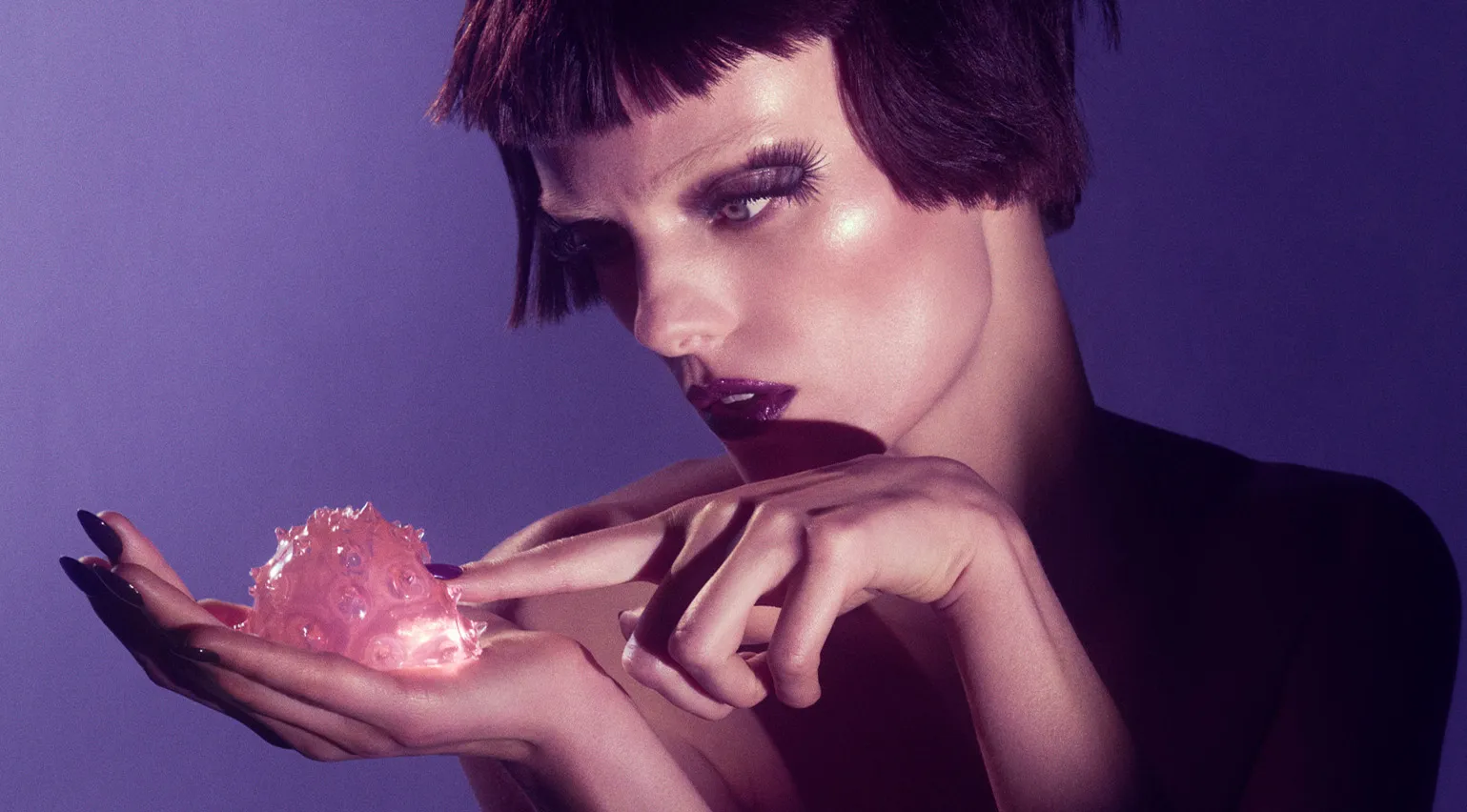 The beauty trends that will define 2026, from ultra-niche fragrances to anti-ageing dental care
The beauty trends that will define 2026, from ultra-niche fragrances to anti-ageing dental careAs we enter the new year, we speak to experts in fragrance, skincare, aesthetics, wellness and more about the trends that will be shaping the way we look
-
 The most stylish hotel debuts of 2025
The most stylish hotel debuts of 2025A Wallpaper* edit of this year’s defining hotel openings. Design-led stays to shape your next escape
-
 The Wallpaper* style team recall their personal style moments of 2025
The Wallpaper* style team recall their personal style moments of 2025In a landmark year for fashion, the Wallpaper* style editors found joy in the new – from Matthieu Blazy’s Chanel debut to a clean slate at Jil Sander
-
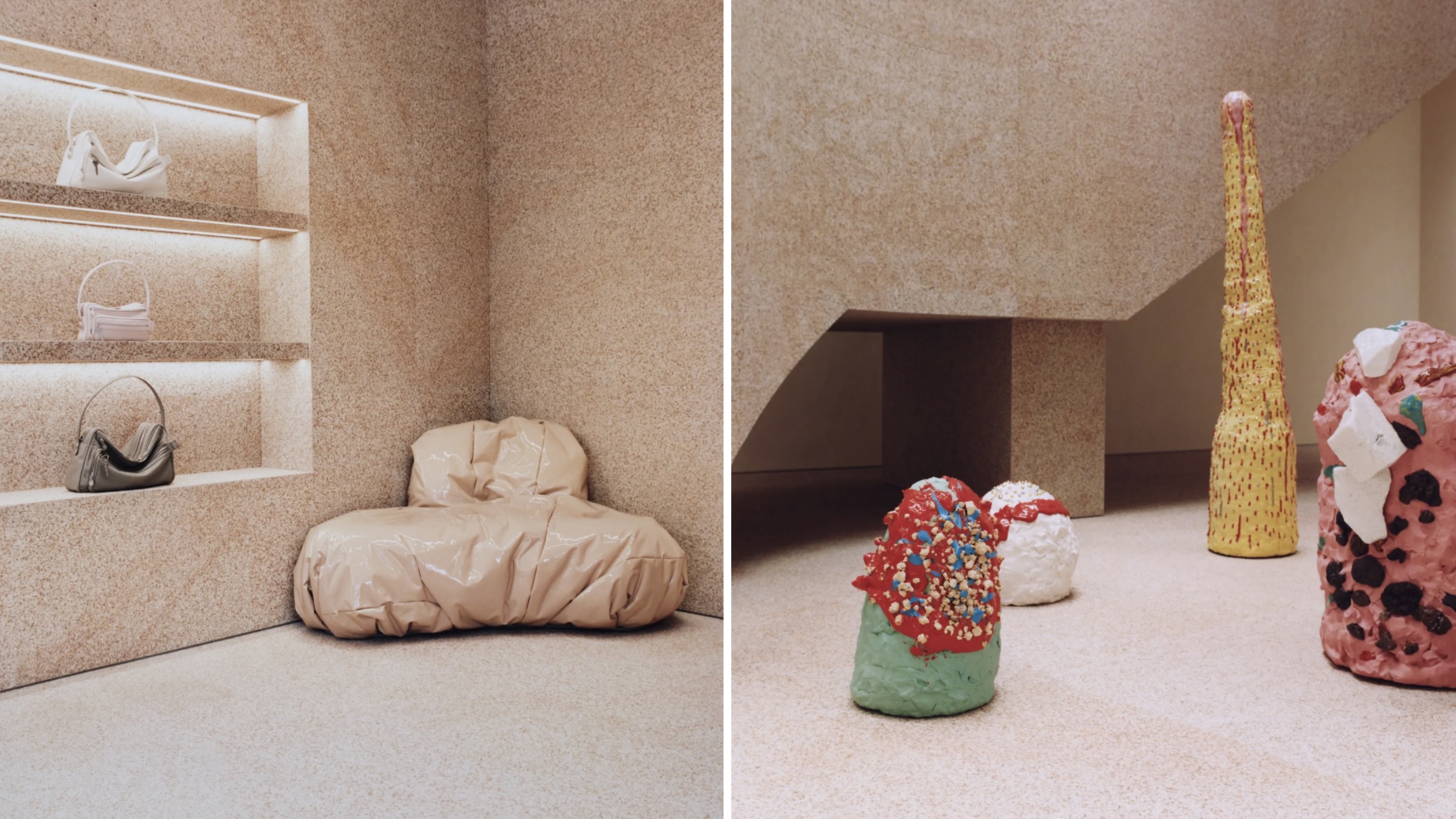 In 2025, fashion retail had a renaissance. Here’s our favourite store designs of the year
In 2025, fashion retail had a renaissance. Here’s our favourite store designs of the year2025 was the year that fashion stores ceased to be just about fashion. Through a series of meticulously designed – and innovative – boutiques, brands invited customers to immerse themselves in their aesthetic worlds. Here are some of the best
-
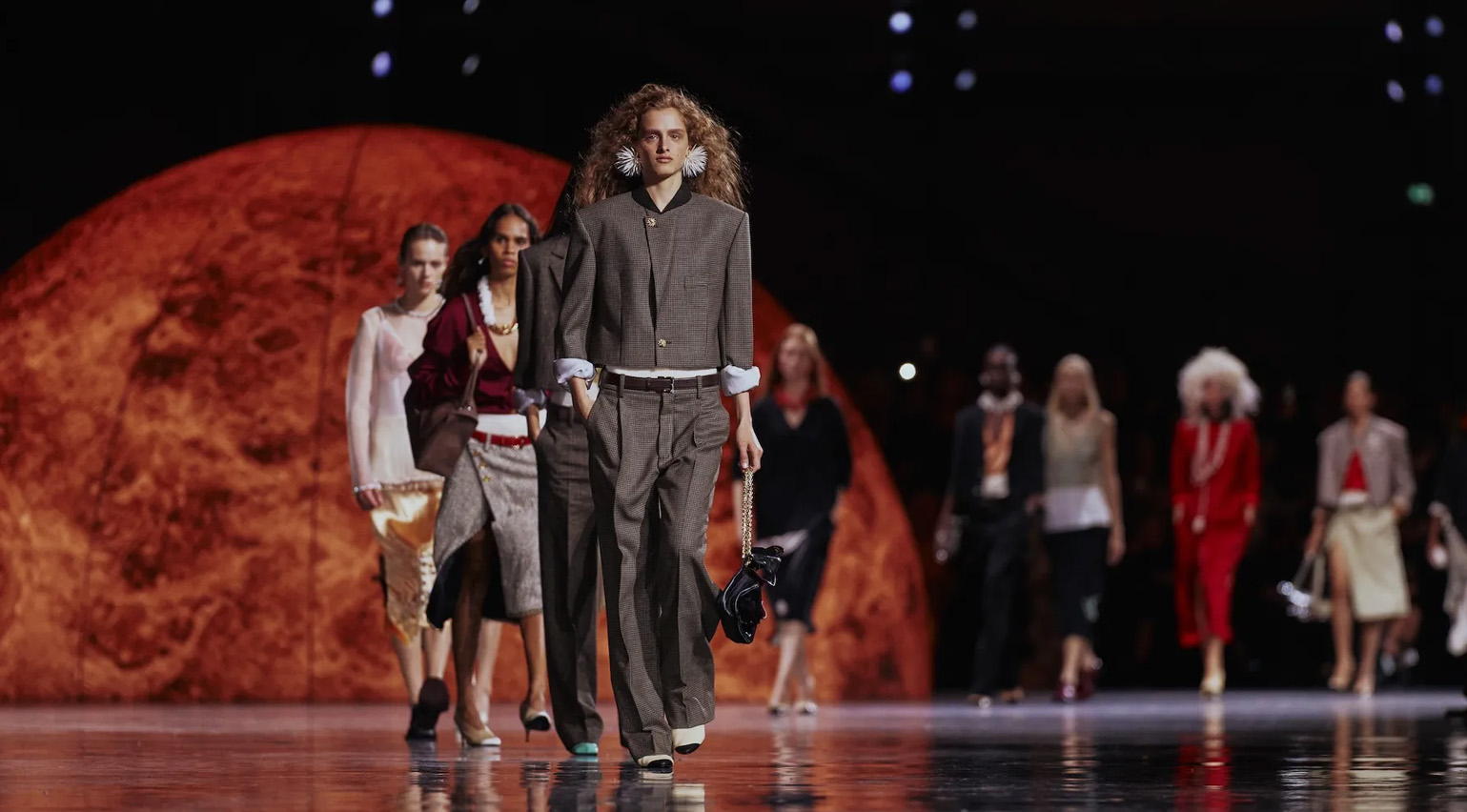 Debuts, dandies, Demi Moore: 25 fashion moments that defined 2025 in style
Debuts, dandies, Demi Moore: 25 fashion moments that defined 2025 in style2025 was a watershed year in fashion. As selected by the Wallpaper* style team, here are the 25 moments that defined the zeitgeist
-
 Inside Christian de Portzamparc’s showstopping House of Dior Beijing: ‘sculptural, structural, alive’
Inside Christian de Portzamparc’s showstopping House of Dior Beijing: ‘sculptural, structural, alive’Daven Wu travels to Beijing to discover Dior’s dramatic new store, a vast temple to fashion that translates haute couture into architectural form
-
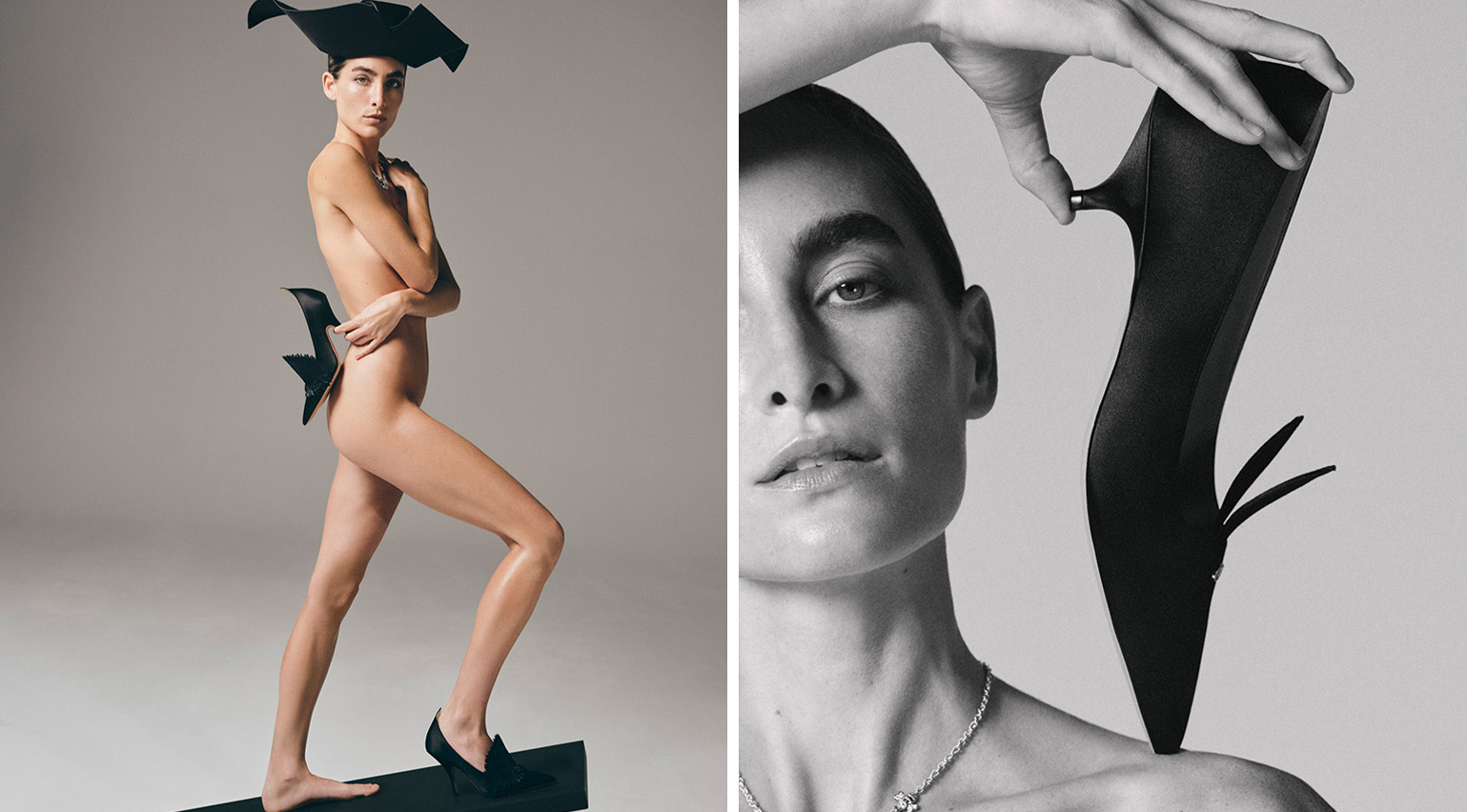 Zooming in on Jonathan Anderson’s first accessories collection for Dior
Zooming in on Jonathan Anderson’s first accessories collection for DiorWallpaper* takes a closer look at the accessories which appeared as part of the Northern Irish designer’s first womenswear collection for the house, which debuted in Paris in October
-
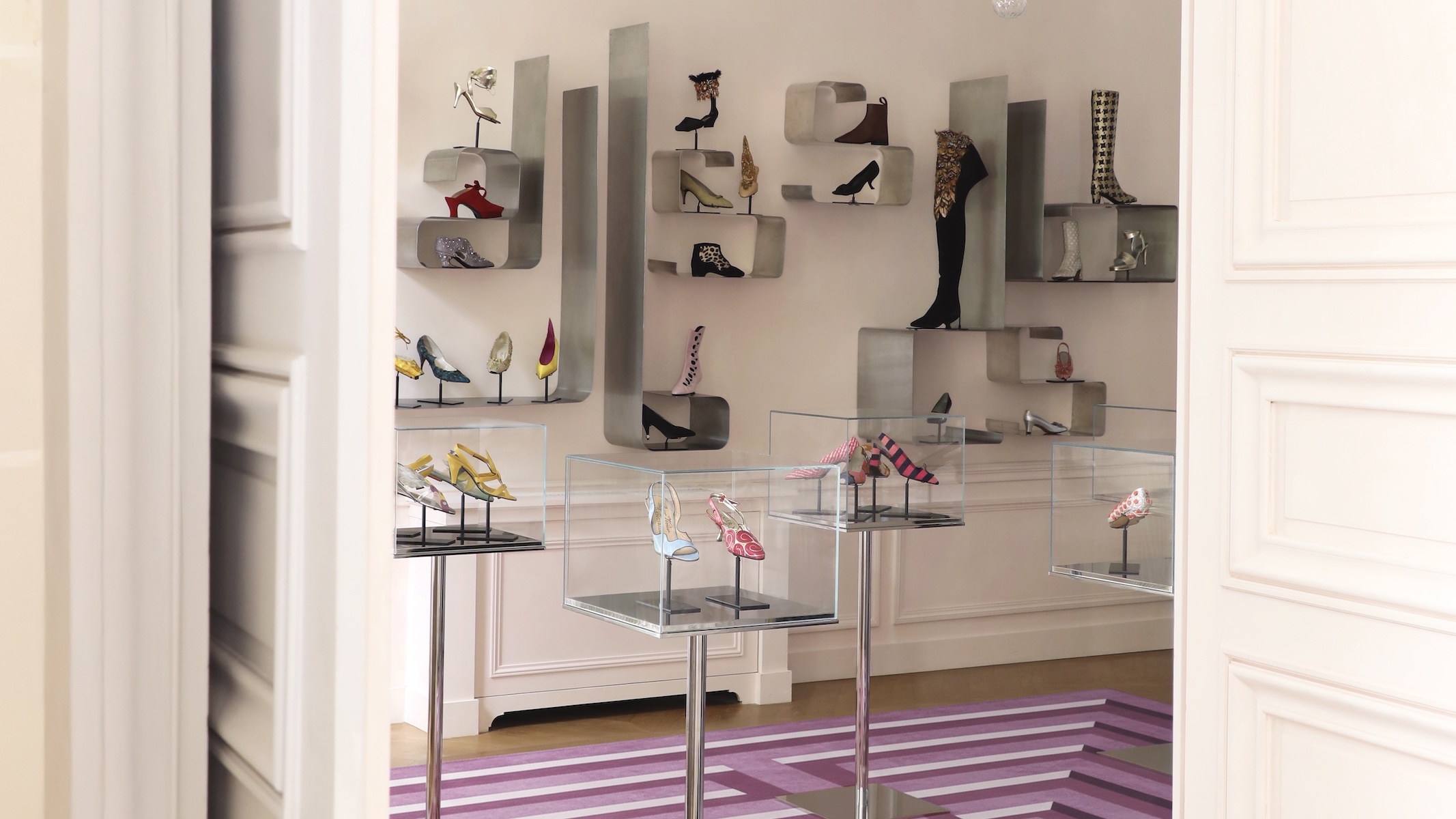 Inside Roger Vivier’s opulent new Paris HQ and archive, a haven for shoe lovers
Inside Roger Vivier’s opulent new Paris HQ and archive, a haven for shoe loversWallpaper* takes a tour of ‘Maison Vivier’, an 18th-century hôtel particulier that houses the French shoemaker’s headquarters, studio and archive – an extraordinary collection of over 1,000 pairs of shoes
-
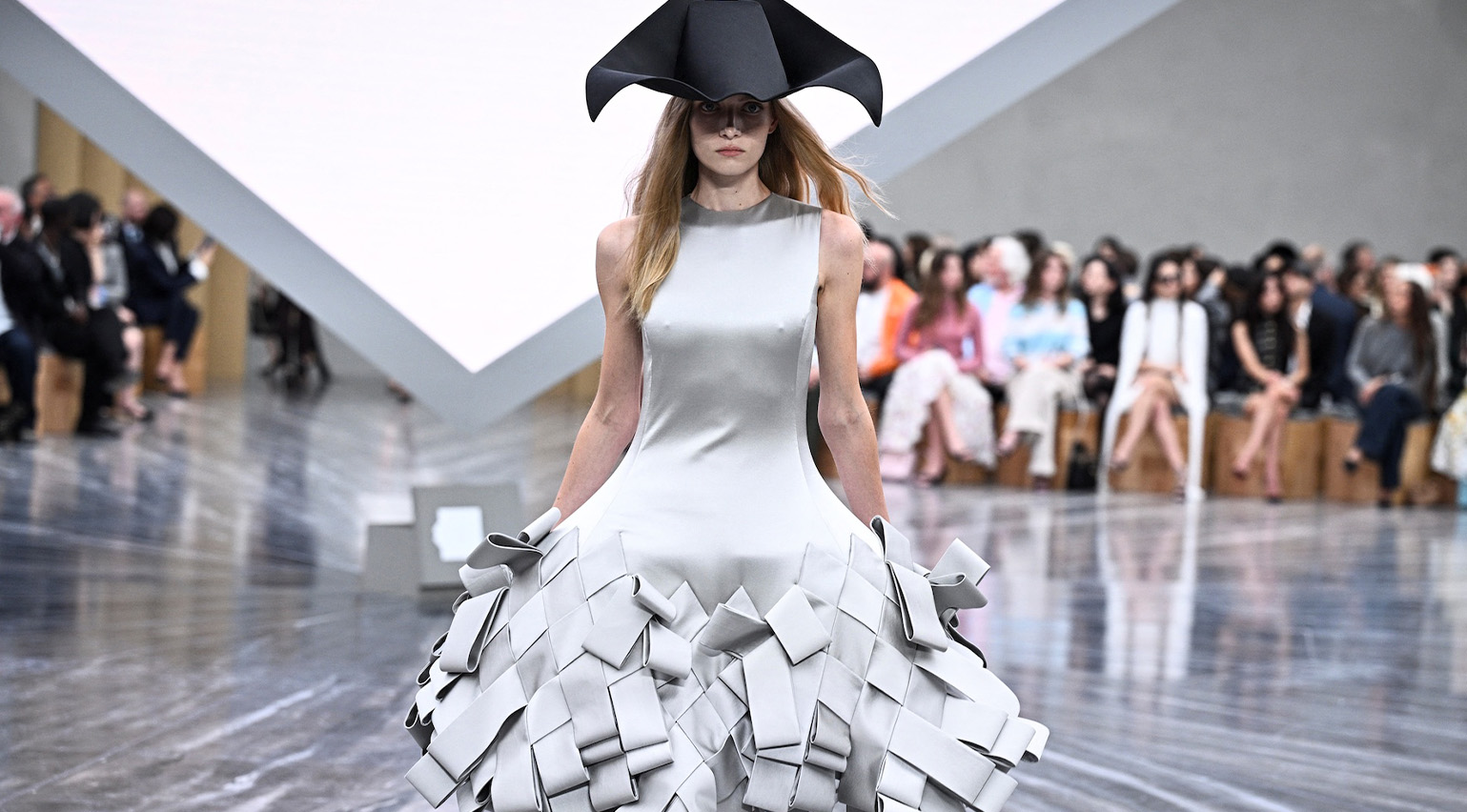 ‘Change is inevitable’: Jonathan Anderson’s first Dior womenswear collection recodes the house’s archive
‘Change is inevitable’: Jonathan Anderson’s first Dior womenswear collection recodes the house’s archiveAn audacious collection from the Northern Irish designer, presented in Paris this afternoon, saw him reconsider the Dior archive in his unwaveringly inventive style
-
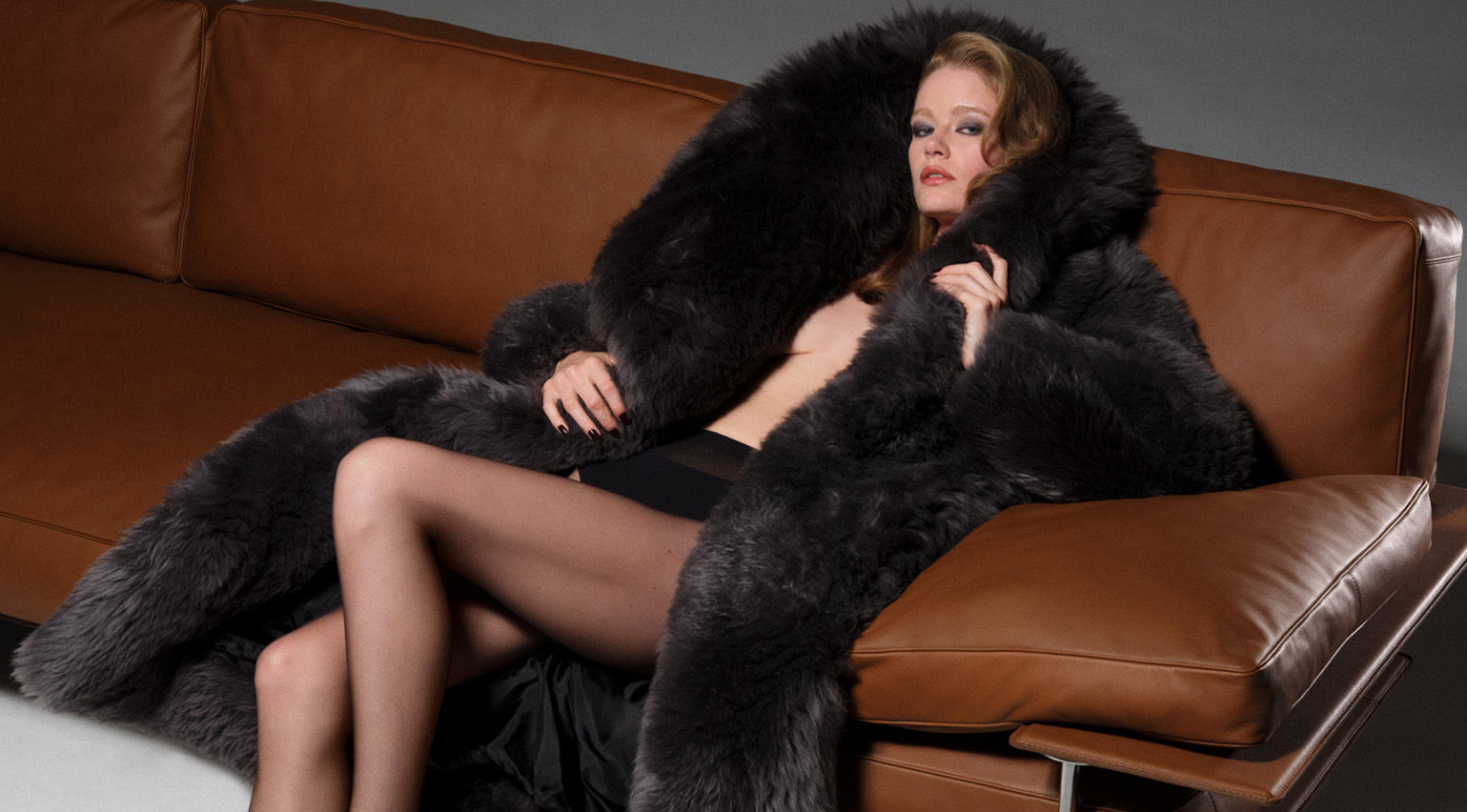 Power suits, thigh-high boots, dangerous glamour: these looks capture A/W 2025’s defining trends
Power suits, thigh-high boots, dangerous glamour: these looks capture A/W 2025’s defining trendsFrom riffs on the working uniform to a mood of dangerous glamour, the A/W 2025 collections encapsulated in 12 distinctive looks and accessories
